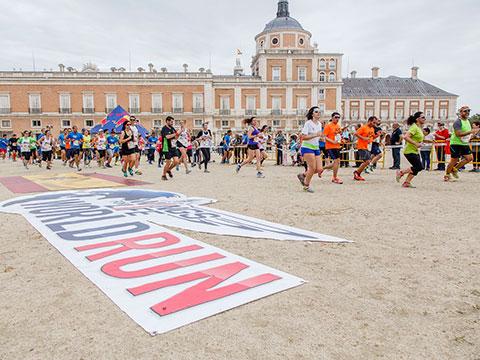A global race where the finish line chases runners

Share news
Listen
A goal in the form of a “sweeper car”, the catcher cars, that eliminate runners as they go ahead of them. How does the race start then? At 13:30, half an hour after the race would start, catcher cars began their journey at 15km/h. An hour later, they increased their speed a kilometer (16km/h), two hours later, another kilometer (17km/h), the fourth time rose to 20 km/h in case a runner resisted until the sixth hour, the car would go 35 km/h.
All drivers of the sweeper cars increase its speed at the same time and maintain the same speed. After two hours and a half, the runners will have traveled 31 kms. As Wings for Life World Run began at 13:00 in the 35 locations, the overall control of the race and the help of technology ensured that all drivers increased the rate at the same moment.
Paradoxically drivers of sweeper cars are athletes that are not characterized by low speeds: drivers of Formula 1 Max Webber and David Coulthard, the American rider Ricky Johnson or our Dakar winner, the intrepid Felix Baumgartner or our Marc Coma had to hold their foot on the brake to pursue runners as the marking rate.
Aranjuez, one of the locations of the race
In our country was the town of Aranjuez which brought more than 1,600 runners at the starting point, the Royal Palace of Aranjuez. The race, organized by the agency Last Lap, took a tour of 59 km and lasted more than four hours. The athlete Chema Martinez was the winner in our country to be overrun by the sweeper car driven by Marc Coma almost at the entrance of Toledo.
A special logistic for eliminated runners
Wings for Life World Run had a moving target instead of fixed…how do you return to the starting line when you got eliminated by the sweeper car? Everything was thought out and every 5km there were collection points with passing buses that picked up the runners and brought them back to Aranjuez.











